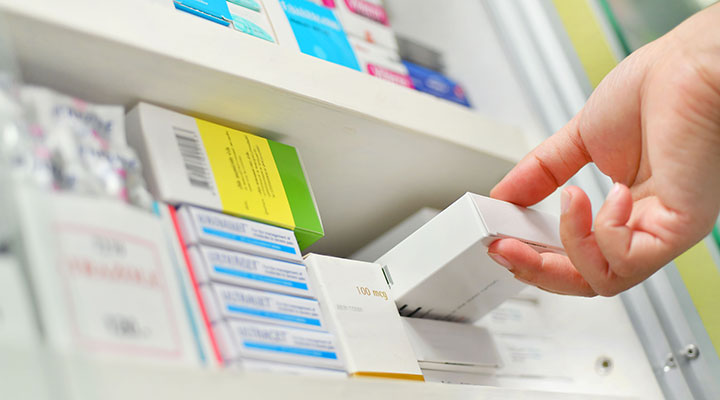What is Secondary Dispensing?
Secondary Dispensing occurs when medication is removed from its original container and is placed in to a second container which is not for immediate use.
The original container is either the container in which it was received from the pharmacy with pharmacy labelling on, or, if the medication was purchased, the original container from the manufacturer.
The second container may include unlabeled bottles or boxes, dispensing pots and small bags or envelopes or monitored dosage systems purchased by the patient or their relatives. i.e., not the original container that medication was purchased in or dispensed into by the pharmacy
Why does it occur?
Secondary Dispensing can occur due to a number of reasons usually to save time, to get organized or to prevent a lot of medication going out of the service with the client. For example:
- Client is coming in for a short break so family decant what is needed in to a second container.
- Client is going out of the service to a club, or for a visit, or holiday or home for a few days and staff don’t want to send the whole supply of medication.
- Staff ‘potting up’ – getting medicines ready all at once to distribute on a medication round to save time.
- Staff putting medicines in to monitored dosage systems for clients to self-administer
- Family putting medicines in to monitored dosage systems for domiciliary care staff to administer.
- Nurses in the community drawing up insulin doses and leaving them in the fridge for a home care patient to use later.
- These reasons all make sense in some regards and yet are all in breach of the Human Medicines Regulations 2012 which clearly states that medicines must be administered from the original container.
Is Secondary Dispensing illegal?
Yes, for two reasons.
By law, the only people allowed to dispense are pharmacy, a dispensing doctors practice or health care professionals acting within a Patient Group Direction. We dispense – you administer.
If you put medication in to a second container for use later in the day or week, when you come to administer that medication later, it is no longer in its original container and therefore you break the law again.
The Care Quality Commission can and have successfully prosecuted care providers for secondary dispensing. Why? Because it increases the risk of medication error as patients are provided with medicine that has an insufficient amount of information about how, when and how much to administer. You have a duty of care to ensure the right patient, gets the right medicine, at the right time, in the right dose, by the right route. To do this you need all of the information from its original container to check to the best of your ability that you are giving the correct thing.
How can it be avoided?
Plan in advance if necessary and ask the pharmacy to dispense some of the monthly prescription medication in to separate containers for you with one dose to take out if needed or a weekend’s worth of medication for a trip or short break.
- If your client is coming into your service from home, relatives can do the above or send in the whole container as it was dispensed. You sign it in and sign it back out again.
- Get pharmacy to dispense in to monitored dosage system for clients who are self-administering to promote independence.
- Ask families in domiciliary care to give you the original containers to administer from, not to put them in to containers for you.
For further information or any questions about Secondary Dispensing, please contact training@momentumpeople.co.uk and we will be happy to help.

